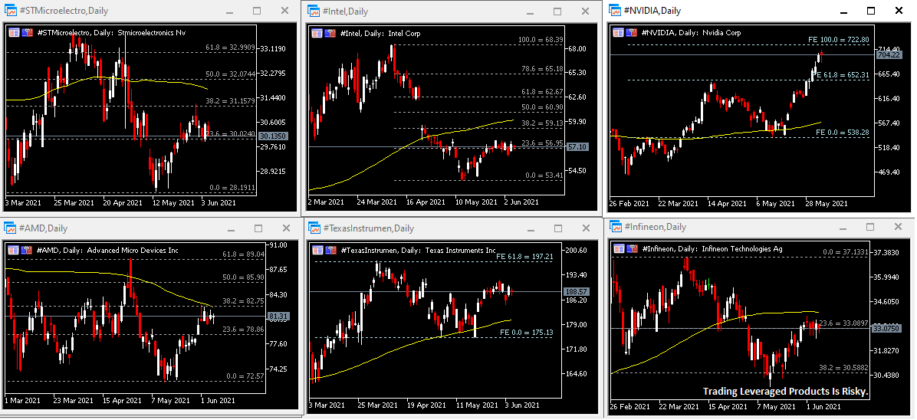The coronavirus continues to invade many Asian countries. Among them, Taiwan, which had a record of zero confirmed cases from April to December last year, could not escape the fate of an outbreak. From cluster infections in the Novotel Hotel among pilots to clusters in tea rooms and infections in multiple places, as of June 7, the total number of confirmed cases of virus infection in Taiwan has exceeded 10,000, reaching 11,491. According to local media reports, the cause of such a rapid rise in infections is nothing more than the slackness of the authorities in the long-term prevention and control measures (from the original 14-day quarantine to the 3+11 quarantine model that is 3 days for home quarantine and 11 days for independent health management). Following the infection incident, the local government was unable to obtain enough vaccine supply for the first time because the speed of purchasing vaccines was slower than that of other countries. In any case, with Japan’s generous donation of vaccines to Taiwan, and the United States also saying that it will distribute vaccines to many countries around the world (including Taiwan) by the end of June, Taiwan’s “vaccine shortage” has been alleviated. Statistics show that only 2.94% of Taiwanese people have received at least one dose of the vaccine. At present, the Taiwan government has once again announced the extension of the “third level alert” until June 28.
Previously, local semiconductor packaging and testing giant King Yuan Electronics was forced to shut down due to the outbreak of the infection and pressure from employee groups. As the world’s largest professional testing plant (including wafer probe testing, IC product testing, burn-in testing, and packaging), the shutdown of KYEC greatly affected production capacity and triggered a new round of “chip shortages” worldwide. In Taiwan, its semiconductor industry chain is at the forefront of the world. Statistics show that the proportion of Taiwanese semiconductor contract manufacturers by market share reached 63% last year. It is worth noting that not only did other semiconductor manufacturers also have a series of infections, the local area faced drought and power outages, and the “semiconductor industry chain disconnection” situation was severe.
Source: https://www.statista.com/statistics/719265/semiconductor-production-malaysia/。
In addition, another country that is currently suffering a new wave and has re-implemented a “total lockdown” similar to that of the first outbreak (the lockdown started on June 1, with a two-week first phase and 4-week second phase) is Malaysia, which will also affect global semiconductor packaging and testing and production capacity. Data show that in 2019, the country’s semiconductor production capacity reached 28.76 billion, an increase of nearly 145% from the low level in 2015 (11.80 billion). Although the government implemented a control order last year, the degree was relatively relaxed, so the impact on the industry was limited, only a decline of about 7% compared with 2019, to 26.70 billion. At present, the government has announced that it will limit the manpower capacity to 60%. At the same time, coupled with its earlier reduction of the inflow of foreign labor, the problem of labor shortage will eventually affect production. The problem of chip shortage will also drive a chain reaction and spread to many industries such as automobiles, steel products, air-conditioning manufacturing, concrete and soap production, and beer brewing.
Taiwan and Malaysia’s “restriction orders” are expected to affect many companies around the world, including Nvidia (#NVIDIA) and Texas Instruments (#TexasInstrumen); the daily chart shows that the stock prices of both are still above the 100-day simple moving average. Intel (#Intel), STMicroelectronics (#STMicroelectro), Advanced Microelectronics (#AMD), and Infineon (#Infineon) are trading below the 100-day simple moving average], and many other related companies are also affected.
Disclaimer: Nothing in this communication contains, or should be considered as containing, an investment advice or an investment recommendation or a solicitation for the purpose of purchase or sale of any financial instrument.
Recommended Content
Editors’ Picks
EUR/USD rises toward 1.0700 after Germany and EU PMI data

EUR/USD gains traction and rises toward 1.0700 in the European session on Monday. HCOB Composite PMI data from Germany and the Eurozone came in better than expected, providing a boost to the Euro. Focus shifts US PMI readings.
GBP/USD holds above 1.2350 after UK PMIs

GBP/USD clings to modest daily gains above 1.2350 in the European session on Tuesday. The data from the UK showed that the private sector continued to grow at an accelerating pace in April, helping Pound Sterling gather strength.
Gold price flirts with $2,300 amid receding safe-haven demand, reduced Fed rate cut bets

Gold price (XAU/USD) remains under heavy selling pressure for the second straight day on Tuesday and languishes near its lowest level in over two weeks, around the $2,300 mark heading into the European session.
Here’s why Ondo price hit new ATH amid bearish market outlook Premium

Ondo price shows no signs of slowing down after setting up an all-time high (ATH) at $1.05 on March 31. This development is likely to be followed by a correction and ATH but not necessarily in that order.
US S&P Global PMIs Preview: Economic expansion set to keep momentum in April

S&P Global Manufacturing PMI and Services PMI are both expected to come in at 52 in April’s flash estimate, highlighting an ongoing expansion in the private sector’s economic activity.

